Known for their gentle nature and striking appearance, Bielefelders can be a delightful addition to any homestead. But are they the right fit for your egg-laying needs? In this article, we’ll dive into the pros and cons of raising Bielefelder chickens for eggs based on our personal experience here at the Kummer Homestead.
Our Experience with Bielefelder Chickens
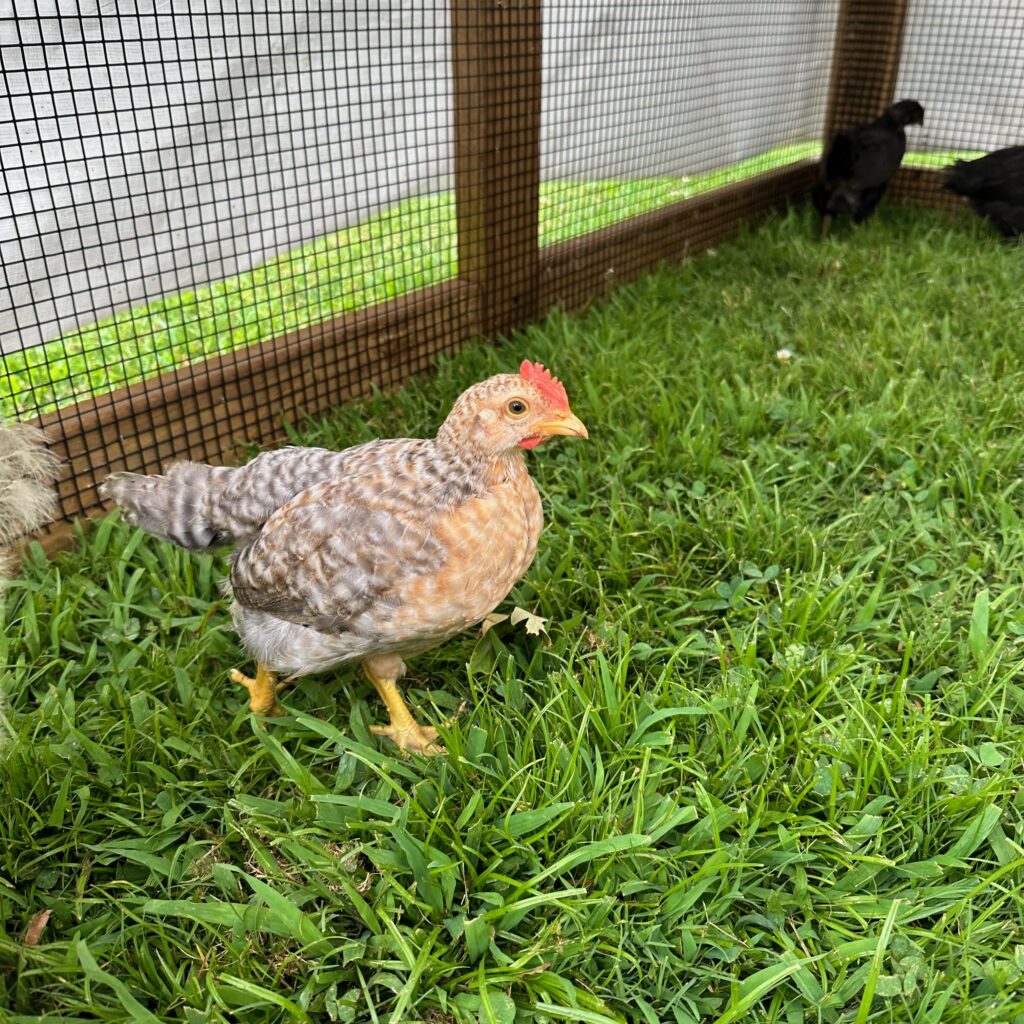
We stumbled upon Bielefelders when we purchased a couple of chicks at the local Tractor Supply Company, and one of them turned out to be a Bielefelder rooster. We didn’t want any more roosters, but his gentle demeanor and pretty plumage made him my favorite chicken.
Unfortunately, a hawk killed him before he reached maturity, so we ordered eight hens and two roosters (together with eight Red Stars) from the hatchery to fill the gap he left.
- Pros: Gentle and easy to raise, beautiful roosters, not prone to escaping, dual-purpose for both eggs and meat, hardy in various climates.
- Cons: Prone to leg injuries, not as prolific egg-layers, relatively small eggs, roosters are less effective at protecting the flock.
- Conclusion: While they have their charms, Bielefelder chickens may not be the best choice if high egg production is your primary goal.
The Gentle Giants of Our Flock
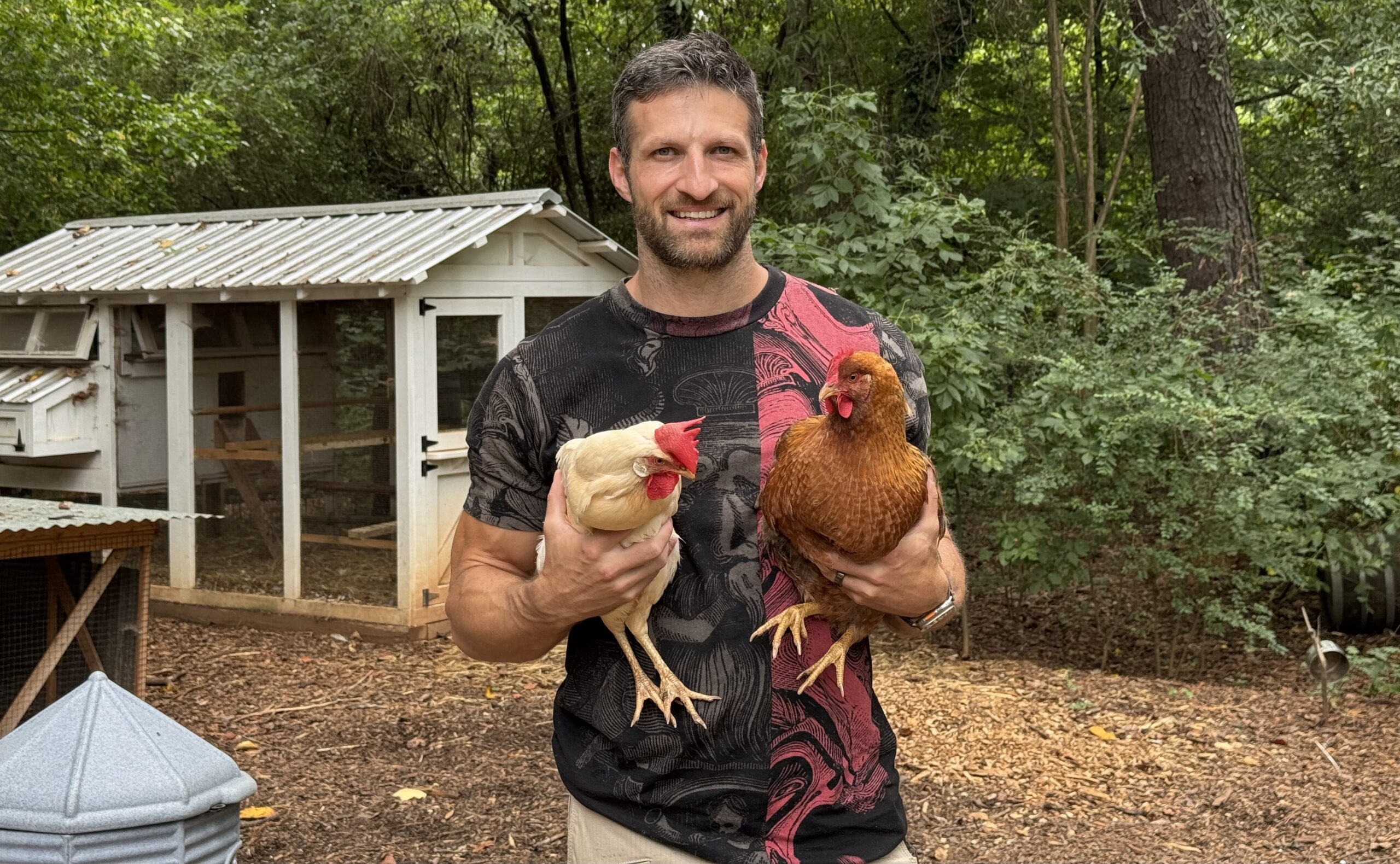
One of the first things we noticed about our Bielefelder chickens was their gentle nature. They are incredibly easy to handle, making them a favorite among our kids on the homestead. Unlike some of our other breeds, the Bielefelders are not flighty and tend to stay within their designated area, which makes managing them a breeze.
By comparison, we clipped the wings of most of our White Leghorns because they kept flying over our fencing despite getting access to fresh pasture every two weeks as part of our pasture rotation.
Bielefelders’ calm disposition also means they integrate well with other chickens, reducing the likelihood of pecking order disputes. We have merged several flocks over the years, and our Bielefelders have always played nicely with the newcomers.
For example, we recently added a dozen poults raised from eggs we incubated to the coop our Bielefelders have called home for the past year; instead of bullying the newcomers, one night, a handful of our Bielefelders (including both roosters) decided to give up their roosting space and sleep outside of the coop.
Weight and Leg Injuries
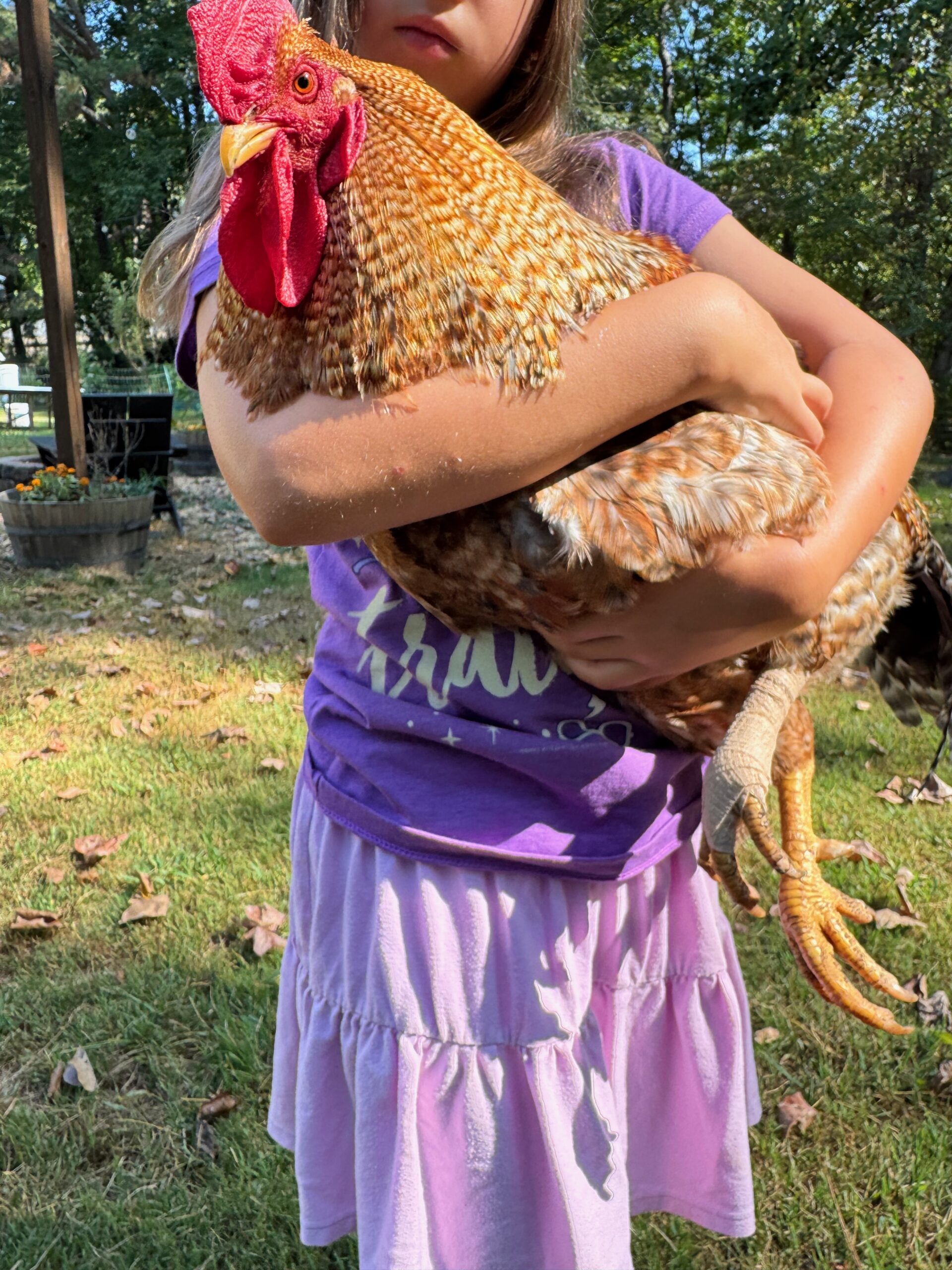
Bielefelders are relatively heavy, which is one of the reasons they’re less likely to cross a tall fence. However, their heavy build does come with a downside.
We’ve had two hens and one rooster injure their legs from jumping off high roosting bars. Their relatively large size makes them more susceptible to such injuries, so it’s important to keep roosting bars lower to the ground to prevent this issue.
This is a significant consideration if you’re thinking about adding Bielefelders to your flock.
Egg Laying Performance

When it comes to egg production, Bielefelders fall short compared to other breeds, such as White Leghorns. While they can lay 200 to 230 eggs a year, they are less prolific than some of the more established egg-laying breeds.
Additionally, the eggs our Bielefelders produce are relatively small. (I have heard from other homesteaders that their Bielefelders lay relatively large eggs, so your mileage may vary.)
Still, for a homesteader looking to maximize egg production, getting only four eggs a week on average can be a major drawback. Even though we knew that Bielefelders wouldn’t lay as many eggs as our Leghorns, the smaller size (less volume per egg) was disappointing.
Dual-Purpose Benefits
One of the notable advantages of the Bielefelder is its dual-purpose nature. Not only are they kept for their egg-laying capabilities, but they are also excellent meat birds. Their large size and good meat quality make them a valuable addition to the homestead for those looking to raise chickens for both eggs and meat.
After the unfortunate leg injuries I mentioned above, we decided to harvest the meat of the two hens we had to dispatch. The meat was flavorful but not as tender as that of classic meat birds such as Freedom Rangers.
This dual-purpose property can be a significant pro for homesteaders seeking to diversify their poultry benefits.
Roosters: Beautiful, But Not the Best Protectors
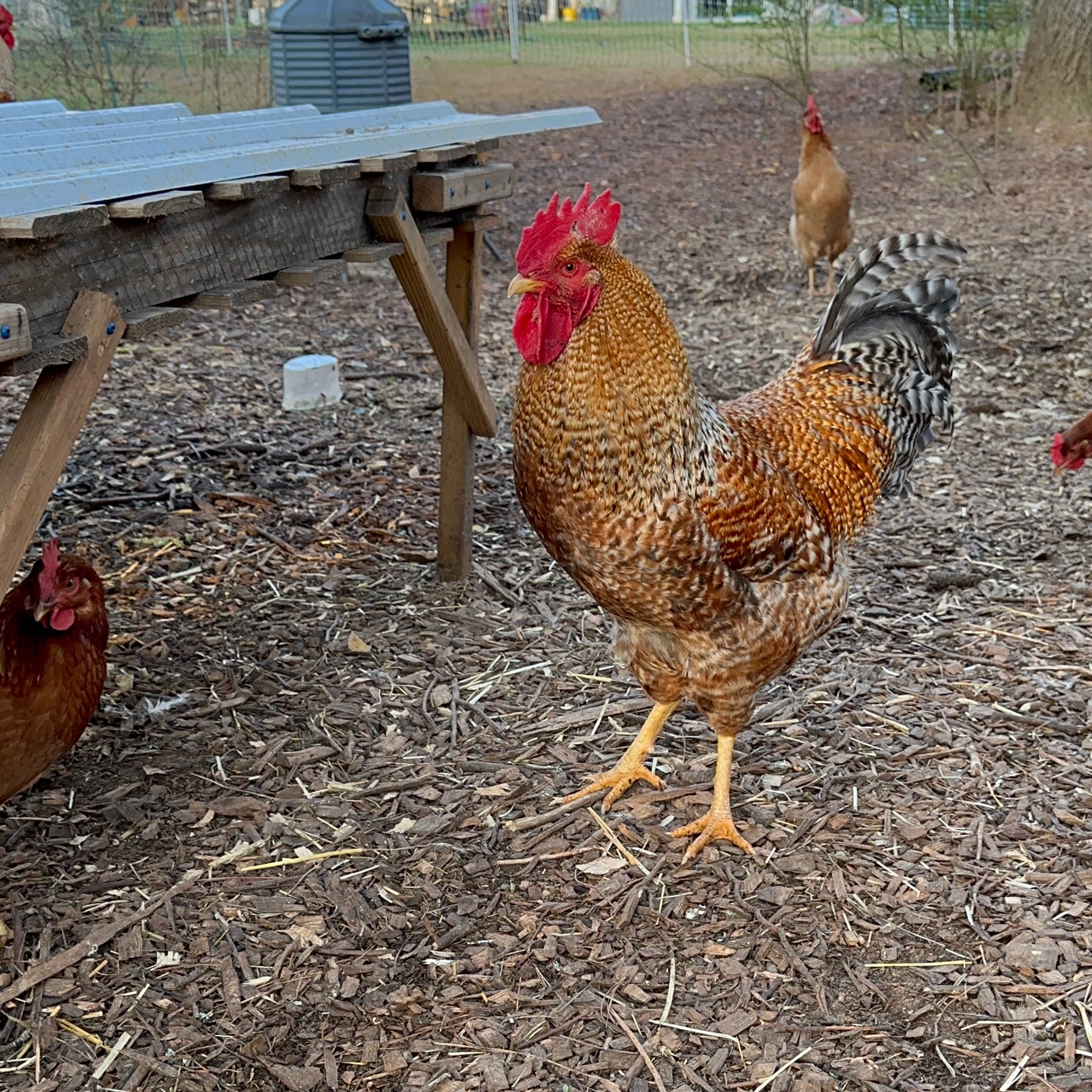
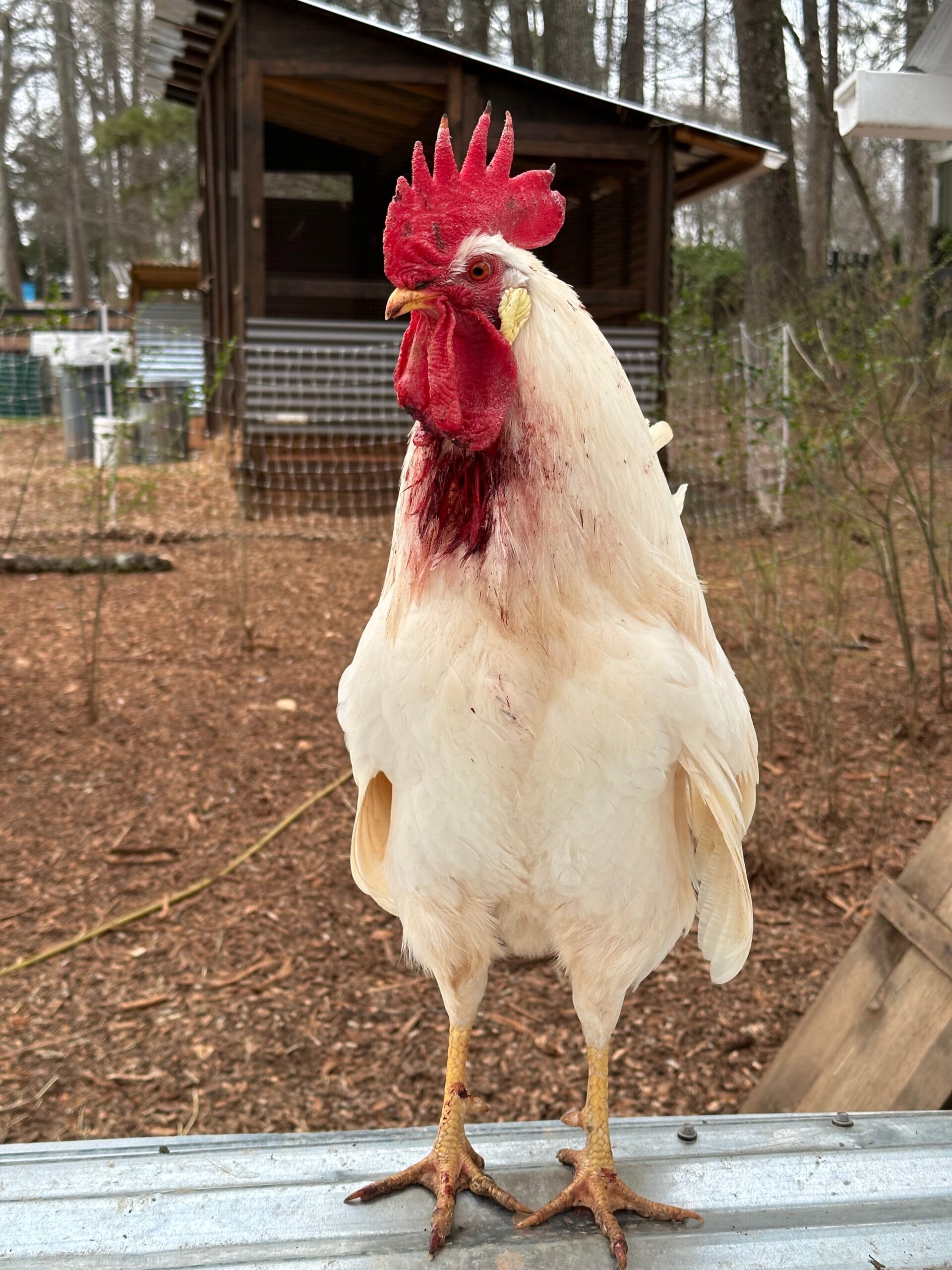
Bielefelder roosters are undeniably beautiful with their striking plumage. They are also gentle, much like the hens. However, we noticed they are not as vigilant or effective at protecting the flock from predators as our white leghorn roosters. While their calm nature is a plus in some scenarios, it does make them less reliable as guardians of the coop.
The other day, I jokingly mentioned to my wife that our Bielefelder rooster is just for show. We had two Bielefelder roosters until that night, when half the flock decided to spend the night outside of the coop. That night, a raccoon swooped in and killed one of the roosters. I heard the commotion in the early morning hours and could tell the rooster didn’t put up much of a fight.
Containment and Escape
On the plus side, Bielefelders are not prone to escaping. Unlike our Leghorns and Black Stars, they don’t tend to fly over fences. This trait makes them easier to contain, which is a significant advantage for any homesteader looking to maintain a well-ordered flock.
Hardiness and Disease Resistance
Bielefelders are known for their hardiness and adaptability to various weather conditions. We’ve found them to be quite resilient in both hot and cold climates, which is particularly important for us living in central Georgia.
They seem to handle the summer heat well, provided they have adequate shade and water. In the winter, their dense feathering helps them stay warm, and they have shown no signs of frostbite, even during the coldest nights.
In terms of disease resistance, Bielefelders have proven to be relatively hardy. Our flock has had minimal health issues, and they have shown a good resistance to common poultry diseases. Regular health checks and a clean living environment have helped maintain their well-being. This hardiness makes them a low-maintenance addition to any homestead, reducing the time and effort needed for their care.
Availability In the United States
Bielefelders are becoming increasingly available in the United States, and we were able to get ours from Murray McMurray Hatchery. This hatchery offers a variety of breeds and provides excellent service, making it easier for us to add these birds to our flock.
Conclusion: Will We Keep Raising Bielefelders?

After raising Bielefelder chickens and weighing the pros and cons, we’ve decided we won’t add more to our flock. While their gentle nature and beauty are appealing, their relatively poor egg-laying performance and susceptibility to leg injuries are significant drawbacks for us.
If egg production is a priority for your homestead, you might want to consider more prolific layers like the white leghorns. However, if you’re looking for a friendly and manageable chicken with a unique appearance and dual-purpose benefits, the Bielefelder might still be worth considering.
Raising chickens is always a balance of various factors, and what works for one homestead might not work for another. We hope this detailed account of our experience with Bielefelders helps you make an informed decision about whether they are the right fit for your flock.
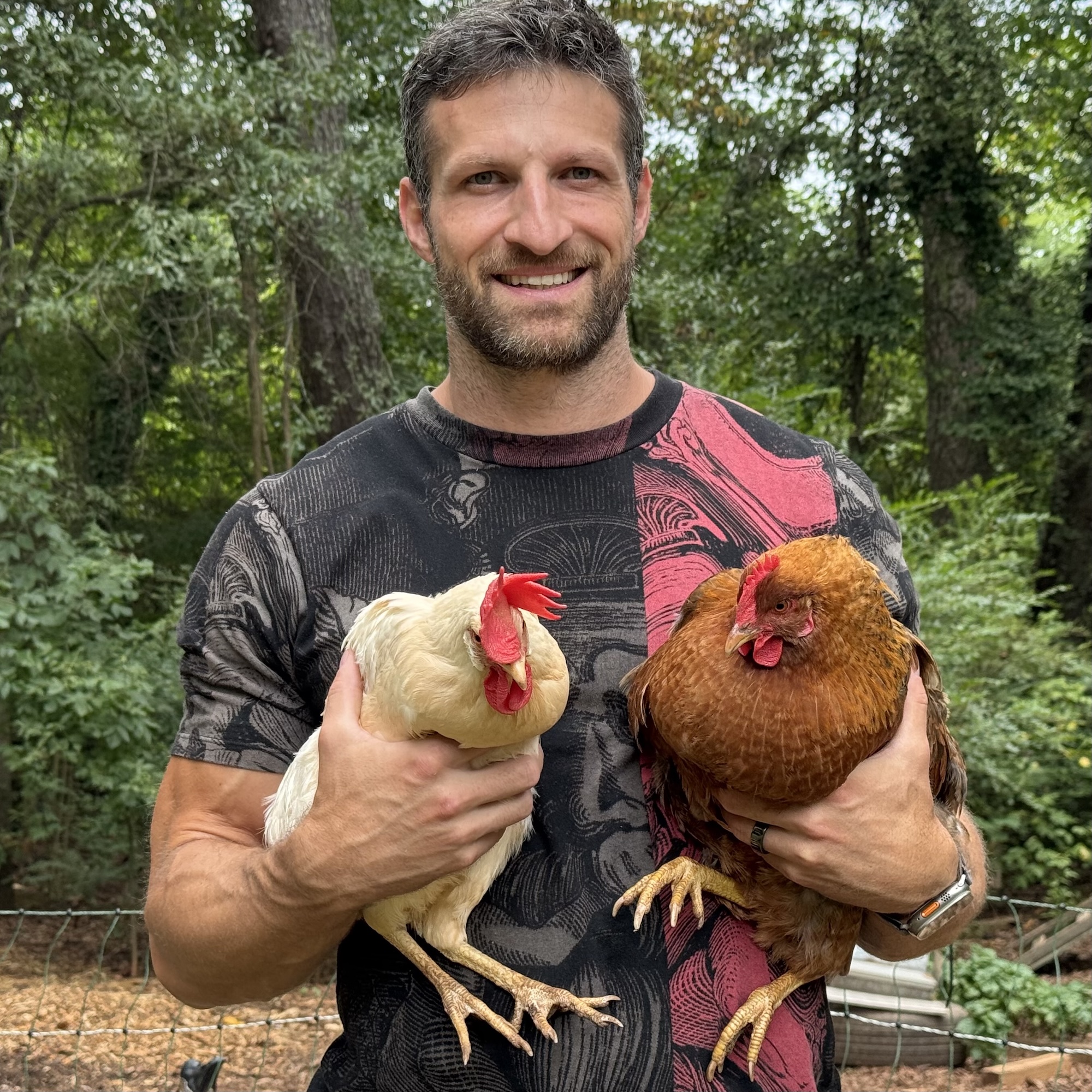
Michael Kummer is a healthy living enthusiast, the founder of MK Supplements and the host of the Primal Shift podcast. His goal is to help people achieve optimal health by bridging the gap between ancestral living and the demands of modern society. He runs the Kummer Homestead with his wife Kathy and their two children.
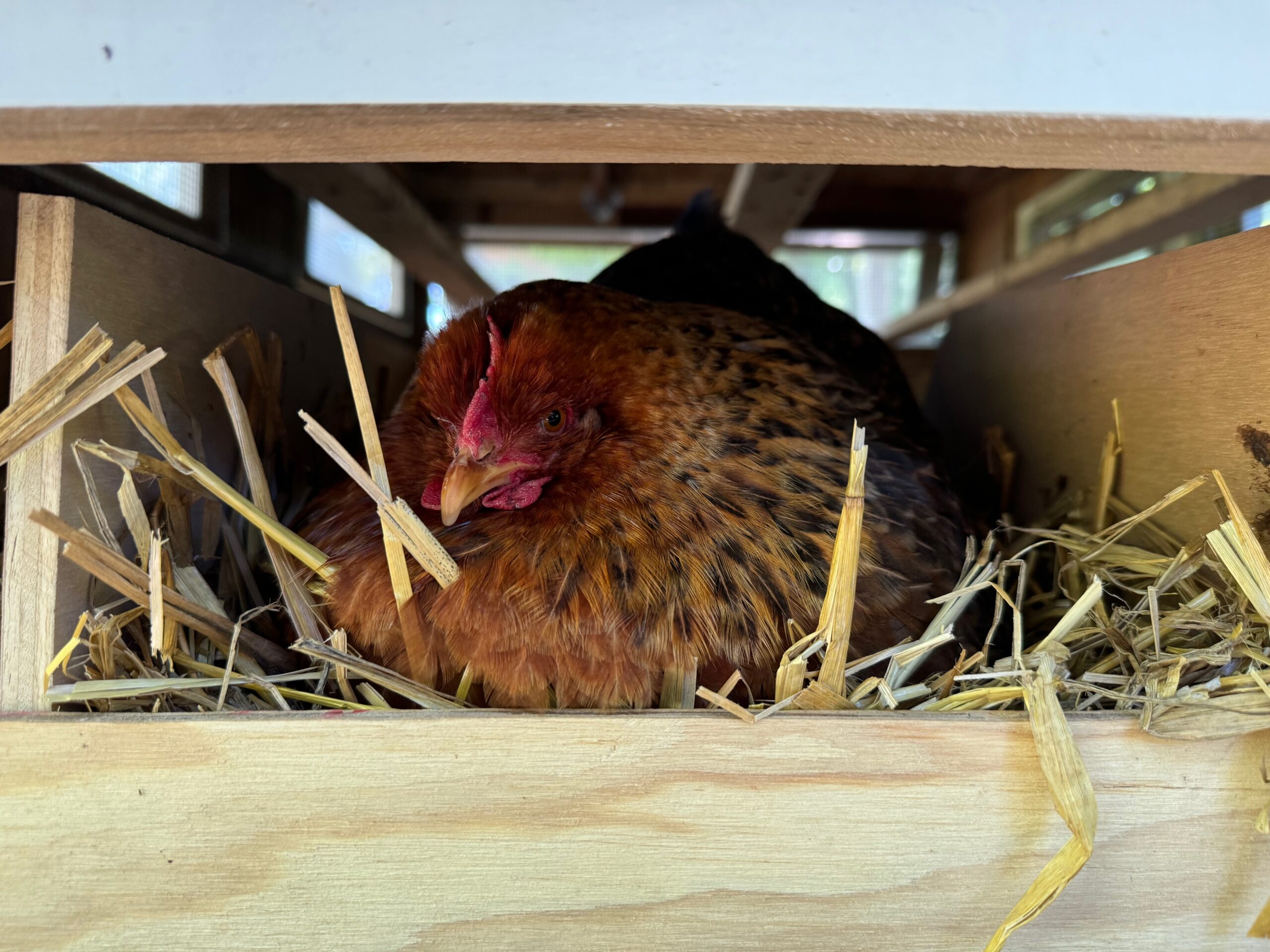
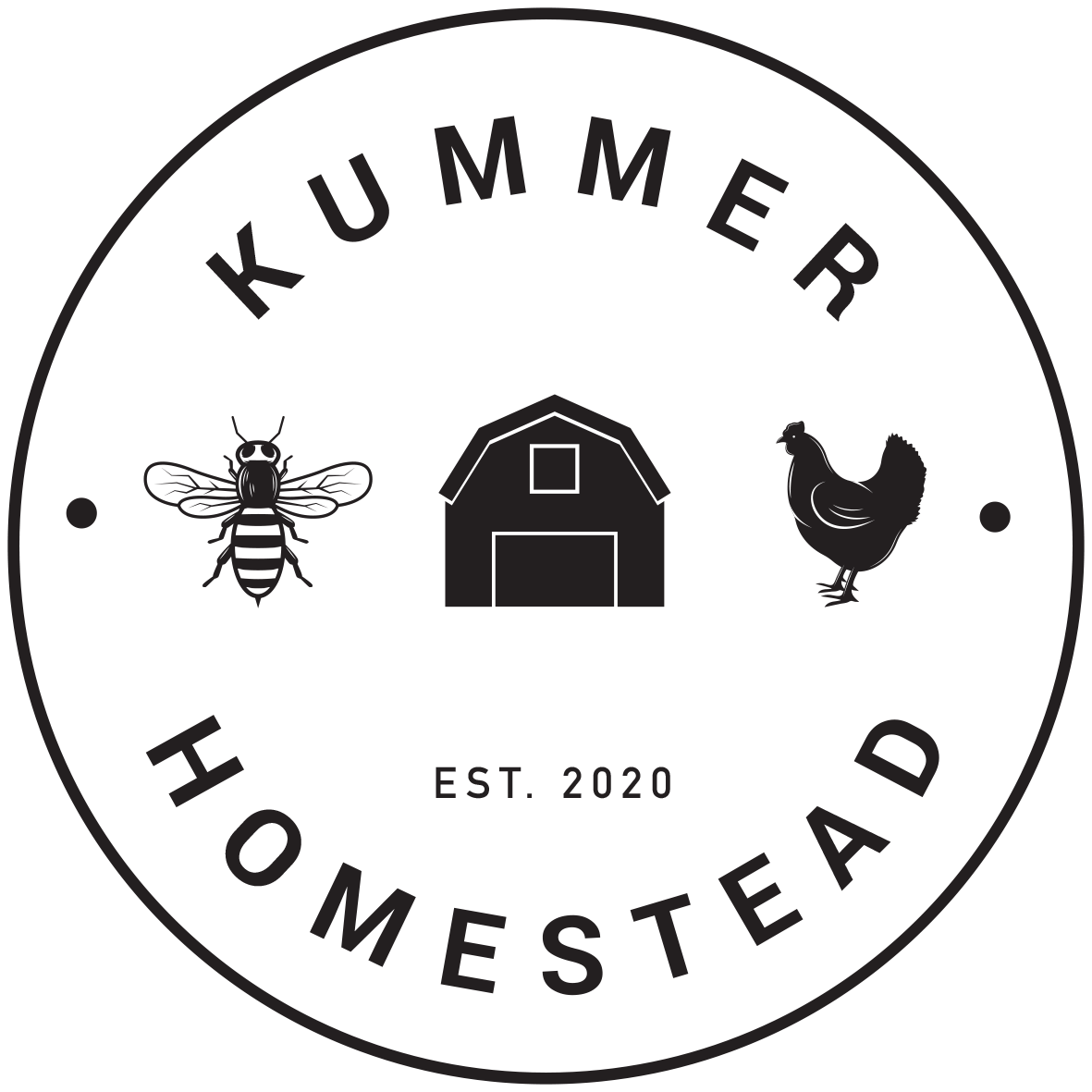
Thank you for the info I love the ones I have unfortunately I lost my rooster to pox and a few hens I have scenes replace the rooster and seven hens not from the same lace they are very friendly they love watermelon an pumpkin and also apples I love the breed
morning Im staying at Springs
I’m looking for beileden chicken a cock
I’m hatching eggs right now.
I need someone who sell beilefelder
We purchased ours from McMuray hatchery – see https://www.mcmurrayhatchery.com/bielefelder.html
Thank you for the info! While egg- laying is important to us, we live in a HOA so the quieter breeds are of necessity. Since it’s docile and will be kept fenced with no predators, I hope this breed will be a good starting hen.
Hey Jessi,
I think you’ll be happy with the Bielefelder but you could also consider Rhode Island Reds. They’re equally calm and gentle but are better egg layers.
Cheers,
Michael
You missed a few Pros and Cons:
Pro’s We experienced:
1. Our Roosters have never been aggressive.
2. They are pretty good foragers
3. They can be sexed at birth easily and we have found this applies to crosses with Bielefelders as well
4. Like you said they do not try to fly fences once mature
5. Egg size is pretty decent (for ours)
6. Not as much bullying as we get from many of our other chickens
7. Great large tasty carcass! And they size up pretty fast for a dual-purpose breed!
Cons:
1. Takes a while for them to start laying eggs ( really a while) probably because they are sizing up faster than similar dual-purpose breeds like Barred Rocks
2. Laying is less frequent than the Barred Rocks (why would you compare with Leghorns as nothing compares with them laying wise?)
Something I would also like to mention is that the breed is not as standardized as many others so looking up states online can be very confusing because there is a LOT of variability in information. I would say find out the stats from your source because they should know what their birds are like.
Summery:
I like Bielefelders for the auto-sexing. Makes having Roosters nice because all their offspring can be sexed at birth.
If you are limited in the number of hens you are allowed and need to maximize your eggs they are not the best breed. They will take longer to start producing, produce a few less and likely stop laying sooner than most of the popular dual-purpose breeds like Barred Rocks and Rhode Island Reds.
hope that helps somebody!
Great information, JJ! Thanks so much for sharing!
As far as egg laying…I have read mostly the opposite of your experience. I am wondering if you have investigated further. Could it be stress related, or possibly your location. Even on McMurrays site where I also got mine from, they say like 280-300 per year. Has it still stayed the same. These are pricey birds and I bout 16 hens and 2 roos. Mine are just now reaching 6 months. I am anxiously awaiting our first still. They are big birds too. Are the leg issues from weight? What kind of feed are you using. Sorry I have tons more questions lol. Thanks for the info.
Hey Rob,
I feel like the egg size has increased somewhat as they’ve grown older but I don’t think they outperform our Leghorns. Overall, we’re happy with them though. The leg issues were likely related to their heavy weight and having roosting bars closer to the floor has helped. We’re using organic, low-PUFA feed from New Country Organics. See https://youtu.be/c1rjWF4lz3g for more on that.
Cheers,
Michael
Great article. I have a Beliefelder roo. He has been my fav. He is so gentle & beautiful. He even protected me from another aggressive roo. However he has a broke toe and his offspring aren’t thrivers. I won’t get rid of him but I won’t add anymore of this breed to my flock. Thanks for the details.
Thanks for sharing your experience with Bielefelder roosters, Sylvia!